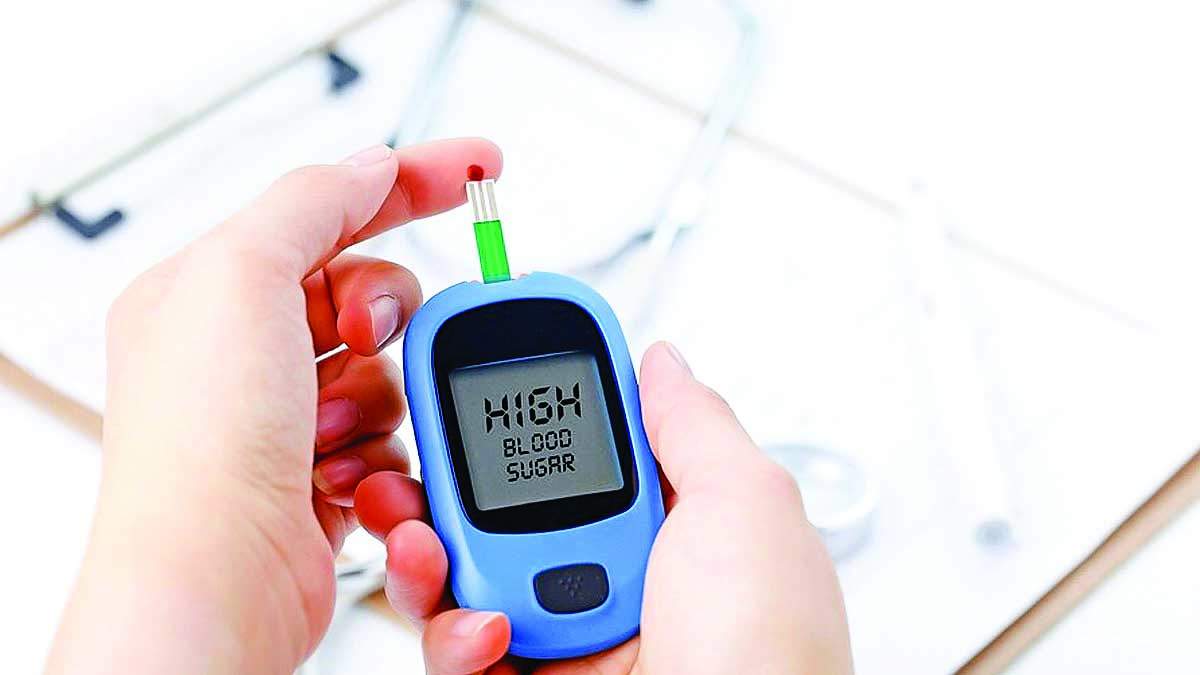Hyperglycaemia or High blood sugar levels are much more evident particularly in summers. The symptoms exhibit in several ways and may also differ in individuals depending on their state of health.
The 9 uncommon signs of High Blood Sugar levels that people might experience during summers are:
1. Excessive thirst
Kidneys have to work harder to filter the toxins and take in the excess glucose in summers which leads to increased production of urine and loss of fluid. This extra work activates thirst as the body tries to replenish the fluid loss. During peak summers, it’s important to stay hydrated by drinking water sufficiently. Monitoring blood sugar levels frequently and skipping sugary beverages would be a wise choice.
2. Increased frequency of urination
When there are high levels of glucose in the blood, it pulls more water in the urine, thereby, increasing the urine output. It is an attempt to get rid of excess sugars. Fluid intake should be closely monitored and ensuring that you drink adequate quantity of water. For proper management, keeping a close eye on blood sugar levels becomes crucial.
3. Dryness in skin and mouth
Dehydration in high blood sugar leads to parched mouth and skin. Stay hydrated, drink plenty of water and use moisturising creams and monitor blood sugar levels. Avoid beverages that exacerbate dehydration like alcohol and caffeine.
4. Blurry vision
The lenses of the eyes to swell which could lead to alterations in the vision. Keep a check on the blood sugar levels through diet, exercise and medication would be top priority.
5. Delayed wound
healing
High blood sugar levels can cause impaired circulation and damage the blood vessels, decelerating the healing process. Proper wound care and hygiene should be maintained.
6. Bad Temper and mood changes
Varying blood sugar levels can alter mood and cognitive performance, leading to touchiness and mood swings. Stress management practices, having a balanced diet and keep blood sugar levels stable helps to counter poor temper.
7. Tickling in extremities
Neuropathy leads to tingling sensations, pain or numbness especially in the hands and feet. Engage in regular physical activity and a stable blood glucose level is the right way to go.
8. Lethargy
Hyperglycaemia restricts the body’s ability to consume glucose for energy leading to tiredness and fatigue. It’s vital to maintain a healthy balanced diet, engaging in regular mild to moderate exercises and ensuring enough sleep.
9. Infections
Raised blood sugar levels create a positive atmosphere for yeast growth, leading to recurring infections. Good hygiene should be maintained, manage blood sugar levels and usage of antifungal treatments as prescribed by a physician.
Dehydration and heat can aggravate symptoms particularly in peak summers. Supervision of blood sugar levels encompasses regularly monitoring blood sugar levels, continuing a healthy diet, staying hydrated and consulting healthcare experts for tailored medical advice and treatment modifications.
The author is the Director & HOD of the Department of Nephrology & Renal Transplant at SHALBY Sanar International Hospitals, Gurugram.























